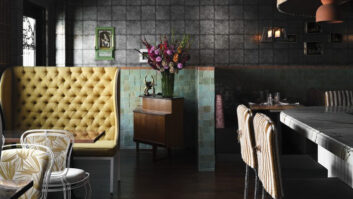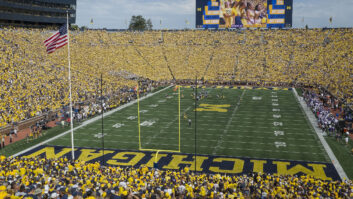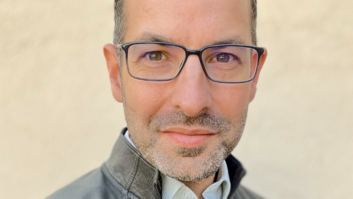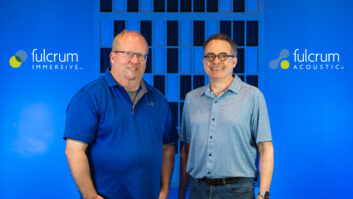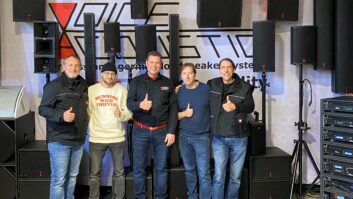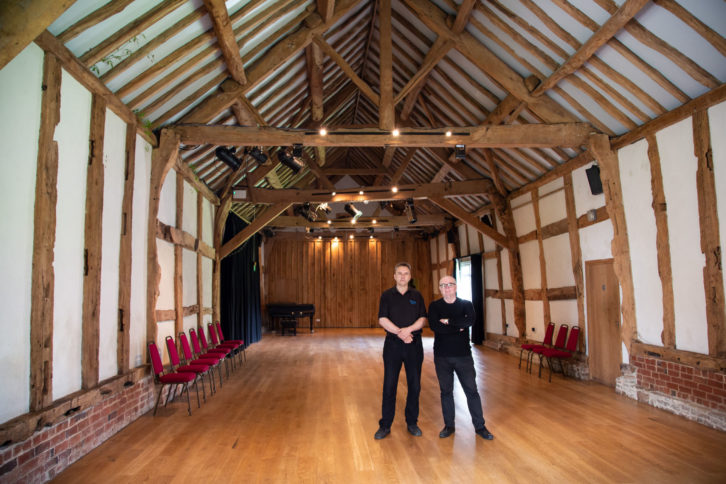
The historic Hellens Manor, situated in the village of Much Marcle in Hertfordshire, dates back to 1096 and has a long and rich history. Today it is run by a family trust and welcomes visitors to the house and gardens as well as hosting events, weddings and the Hellensmusic festival.
The grounds of Hellens Manor also includes a large barn, which the current owner, Adam Munthe, wanted to make more sympathetic and supportive for classical music. Munthe consulted a highly respected building audio acoustics company and was told that adapting it would require a lot of physical change to the inside of the barn, something that would be time-consuming and expensive as it’s a listed building.
Helllens Manor has a very dead acoustic, particularly from the upper bass register upwards of about 0.75 secs and about 1 sec in the bass range. The walls apart from the beams are faced with plaster which contains horse hair, so it is very absorbent, meaning it would be a challenge to create the desired acoustic.
Reach for the stars
It was at this point that Munthe got in touch with Mu-Mu founders Matthew Devenish and Paul Jones.
Jones explains: “We have used Hellens as a venue to record a fair number of albums since 2005. The barn is not only used for classical concerts, it also hosts events that require PAs, it’s used for recordings, filming, weddings and corporate meetings. Some of these uses benefit from the very dry acoustic that currently exists. However to be more supportive for classical music longer reverb times with a diffuse soundfield are necessary.”
After discussions, the idea was formed that this variable acoustic could potentially be achieved through the use of DSP and live processing.
Jones adds: “We organised some trials of potential approaches in the barn and did some room response analysis. We were very encouraged by the results, and were given the green light and installed the system which we refer to as Nebula. For these sort of venues our approach seems to be the most cost effective, with the minimum of ingress into the building.”
Nebula uses DSP and live processing to create the desired acoustic effect, regardless of the actual sound of the space. It does this by capturing audio using a stereo pair of DPA d:dicate 4011A cardioid microphones and feeding it through processing software specifically written for Mu-Mu. The processed sound is then replayed through a selection of Fohnn loudspeakers, which creates a reverb effect giving the impression of a larger, more live sounding space.
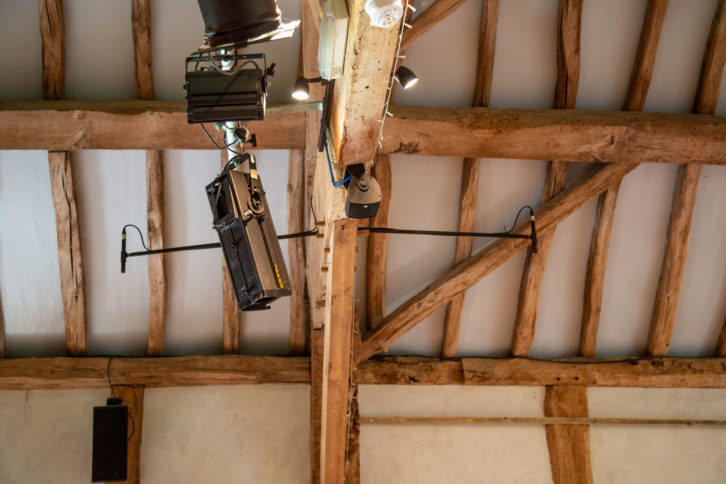
At Hellens Manor, the Nebula system comprises eight speakers in an array down the beams of the barn. Each speaker is individually addressable for level and delay if needed. The A/D system is an RME Fireface 802, which is connected to the Fohhn Speaker Controller. Above the performance area there is a spaced pair of DPA 4011 cardioid microphones to capture the live audio.
“We chose DPA for this system because both Paul and I have a long history of using the company’s microphones for recording projects and as test microphones,” Devenish says. “DPA was our first choice because its products deliver a very flat and very good off axis response, even from cardioid microphones such as the d:dicate 4011A. We didn’t want the microphones introducing coloration (resonances) into the reverberant field because we were not going to be just producing simple reverberation.”
The Nebula Software is running on a rack mounted computer with screen, all of it neatly fitted into a lockable rack unit backstage.
The RME 802 is used as a pair of microphone preamplifiers and A/D converters to feed the digital audio into the software for live processing, also the software provides a stereo signal output which is fed to the Fohhn speakers.
Devenish explains: “The Fohhn speakers allowed us to generate a localised reverberative soundfield throughout the length of the barn, so achieving even coverage. The ability to gain shade different areas was also very useful, particularly in the performance area; we also have the use of individual delays if needed.
“The DPA 4011 microphones being directional meant they in the main are picking up direct signal from instruments below, and very little of any roof reflections coming back down, and those that are picked off axis will not be distorted too much.
“Nebula, the software we designed, is controlling the choice of reverbs and levels of the system and incorporates a simple GUI, with the ability for the user to choose options without having hours of training.”
Optimum levels
As is to be expected in a venue such as this, the project was not without its challenges.
Jones expands: “Optimisation and adjustment of reverberation for level and time were probably the most challenging as it is very easy to overdo levels or have reverbs which sonically create a mismatch with what you see ( the size of the barn). A certain amount of this is also going to vary person to person, so it was quite time consuming to optimise the system. We brought various classical musicians in, and tweaked and asked opinions.”
Mu-Mu’s Nebula system has proved a huge success at Hellens Manor with both musicians and engineers commenting on how natural the reverb sound is. Devenish and Jones are now hoping to deploy it in other venues where there is a need for a cost-effective variable acoustic solution.
www.dpamicrophones.com
www.fohhn.com
www.iiyama.com
www.mu-mu.eu
www.rme-audio.com
www.sonnettech.com

